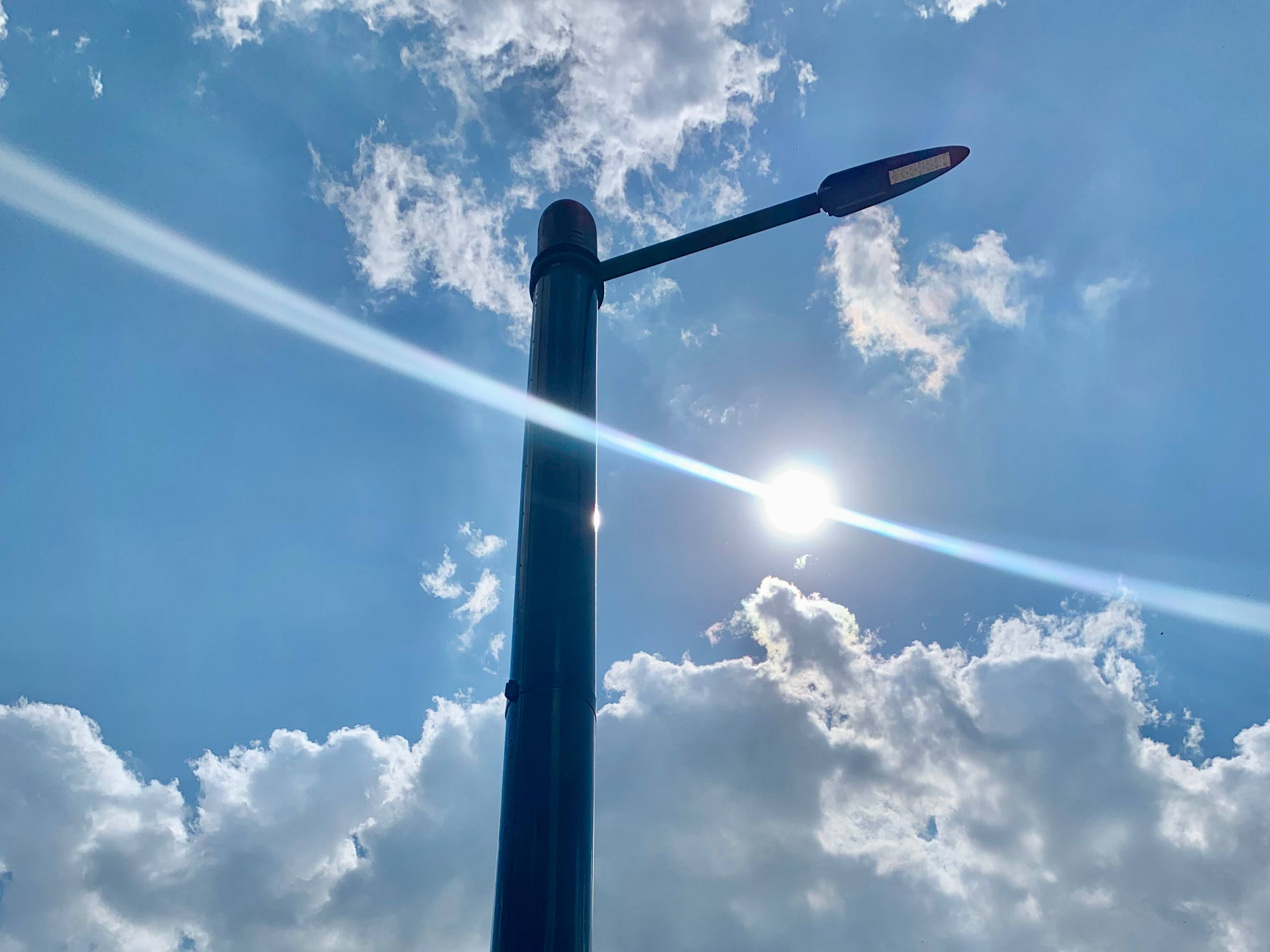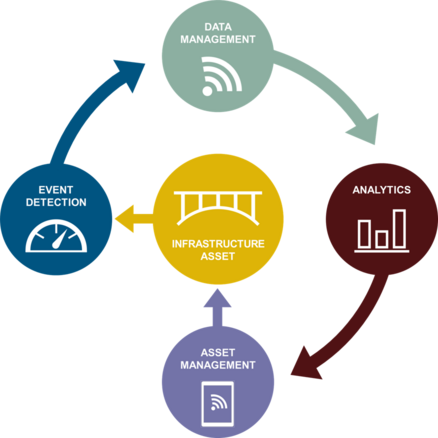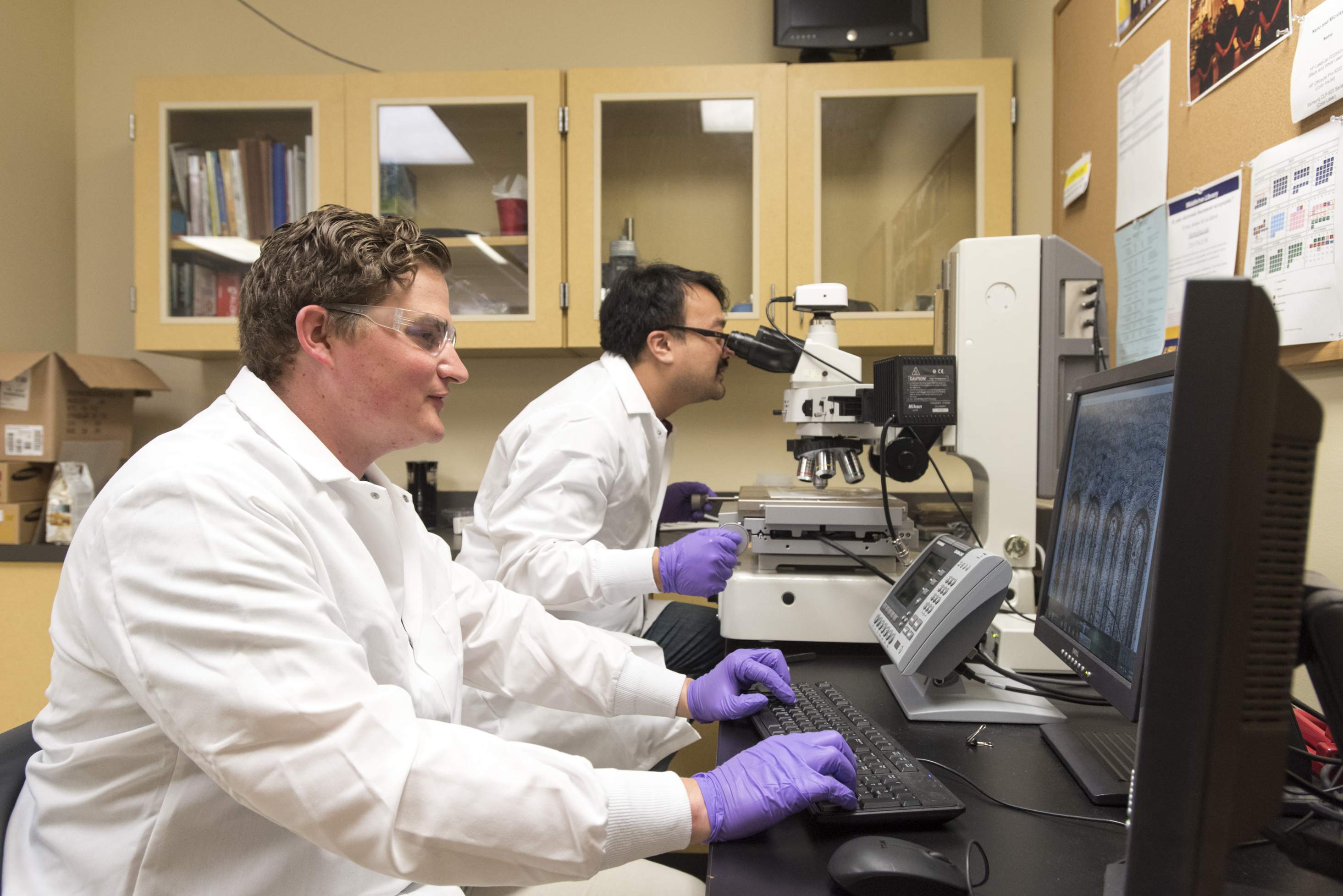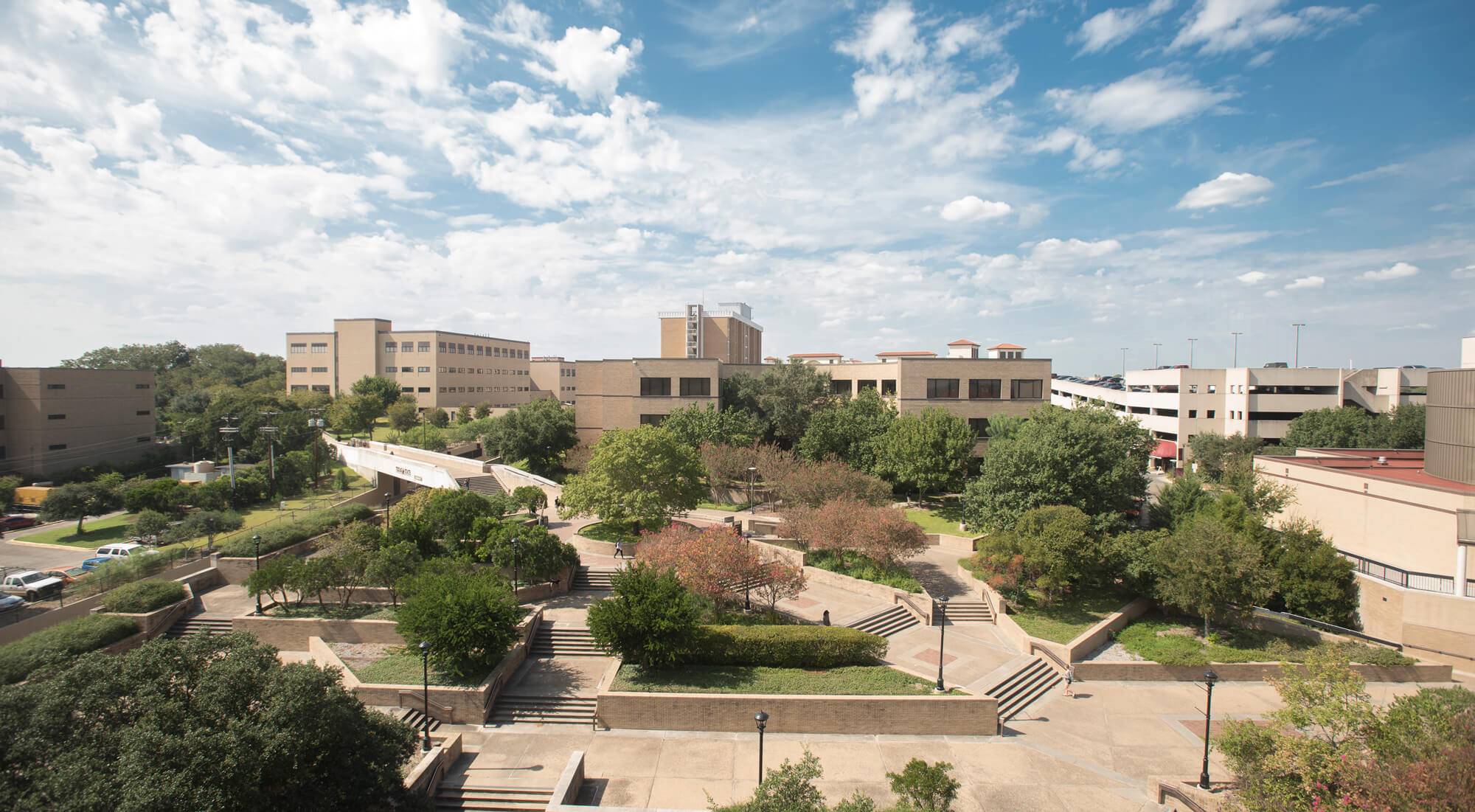The Connected Infrastructure for Education, Demonstration, and Applied Research (CIEDAR) Consortium
What is CIEDAR?

We're building the future.
Collaborating with multiple industry partners, CIEDAR aims to establish 14 living labs across 800 acres with a focus on nine verticals to accelerate digitalization, decentralization, and decarbonization of industry via our own Technology Enhanced Infrastructure (TEI) framework.
Our areas of focus include smart utilities, smart buildings, smart water/wastewater, smart cities, smart mobility, networks, sensors, data/software and more.
What is Technology Enhanced Infrastructure (TEI)?
Technology Enhanced Infrastructure (TEI) is a framework and architecture for the digitization and digitalization of construction and industrial assets.
- Infrastructure Asset
- Event Detection
- Data Management
- Analytics
- Asset Management
Using sensors, network technology, databases, analytic tools with machine learning and artificial intelligence, and asset management software we monitor, control, maintain, repair and manage assets that last longer, cost less, are more energy efficient, and truly deliver on higher sustainability for the planet.

18 industry partners
14 Living Labs
For more information, email Andres Carvallo, co-director of CIEDAR, at andres.carvallo@txstate.edu. To contact other CIEDAR personnel, visit the people page.

